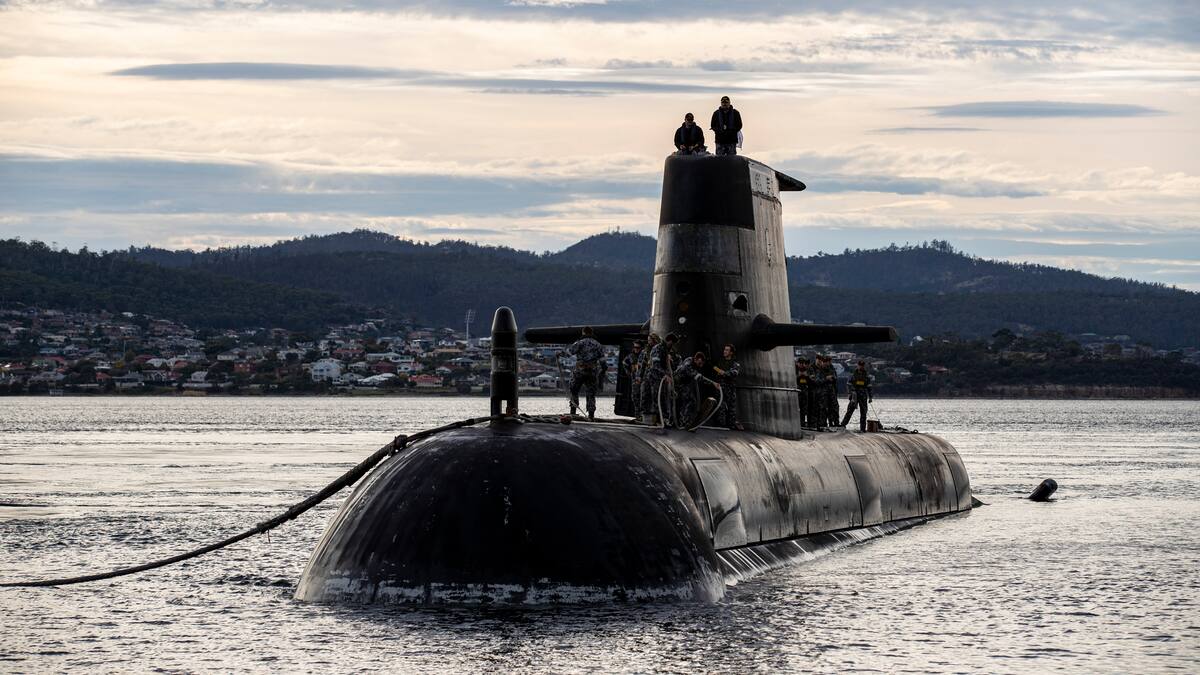That was the paradox with John Key. He did invest into the intelligence agencies side of the security relationship, but was glacial in rolling out the defence side with respect to refreshing or developing capabilities - which is what the other countries were after from us. Look how long it took for both the P-3 and C-130H replacements to roll out. Years were wasted dithering when the obvious solutions were staring right in front of them.
You are right about the US and UK, particularly in the sense of the US. Trade has always been transactional not just on the commercial side with them, but equally the defence relationship side - and not just doing the fluffy puppy stuff but being an allies who can add combat weight to the US camp in global affairs.
Two countries 20-25 odd years ago were talking F-16 acquisitions, Chile and New Zealand, were each actively working towards FTA's with the United States - which to NZ has been the holy grail of trade deals. In 2000 NZ rejected 28 F-16's on a lease to buy arrangement for a fraction of their worth. That followed on from the prior rejection of two further Anzacs from Australia - which would have not gone unnoticed in DC. In 2001 NZ committed SF troops into Afghanistan and Chile did not. Both nations at the same time were not in support of the Iraq War in fact Chile was on the UNSC at the time as related in the article link below. NZ did though send a frigate and P-3 to the Middle East in 2003 in a support role and also sent Engineers to Iraq in 2004. Chile was not again was not involved. Prior to the cancellation of the F-16's all the pieces were in place for a NZ-US FTA - alongside Australia. Getting NZ back into the fold after the ANZUS fallout 15 years earlier was on the DC agenda.

www.opendemocracy.net
Now from the above situation how did Chile, another country with a primary products based economy like we were at the time (created with NZ advisory and NZ private equity investment) manage to get an FTA with the United States?
Answer other than obviously smarter politicians, Chile had acquired ten F-16's under the Peace Puma deal signed off in late 2002. By the next June they had their FTA with the United States.
The salient point is this. By not lease-buying the F-16's and in fact tearing up the contract in 2000 which would have cost New Zealand just $12.5 million per year for all 28 aircraft, plus a one-off NZ$238 million reactivation package which includes spares, support and training plus option to buy the aircraft at the end of the tenth year for around NZ$287 million cost us multiple Billions in trade revenue and opportunities - not to mention job and wealth creation with the United States, plus going further and removing all traces of an air combat capability contribution to the wider then Asian - Pacific security umbrella, on the balance of probabilities killed off any chance of a Free Trade Agreement with the United States.


